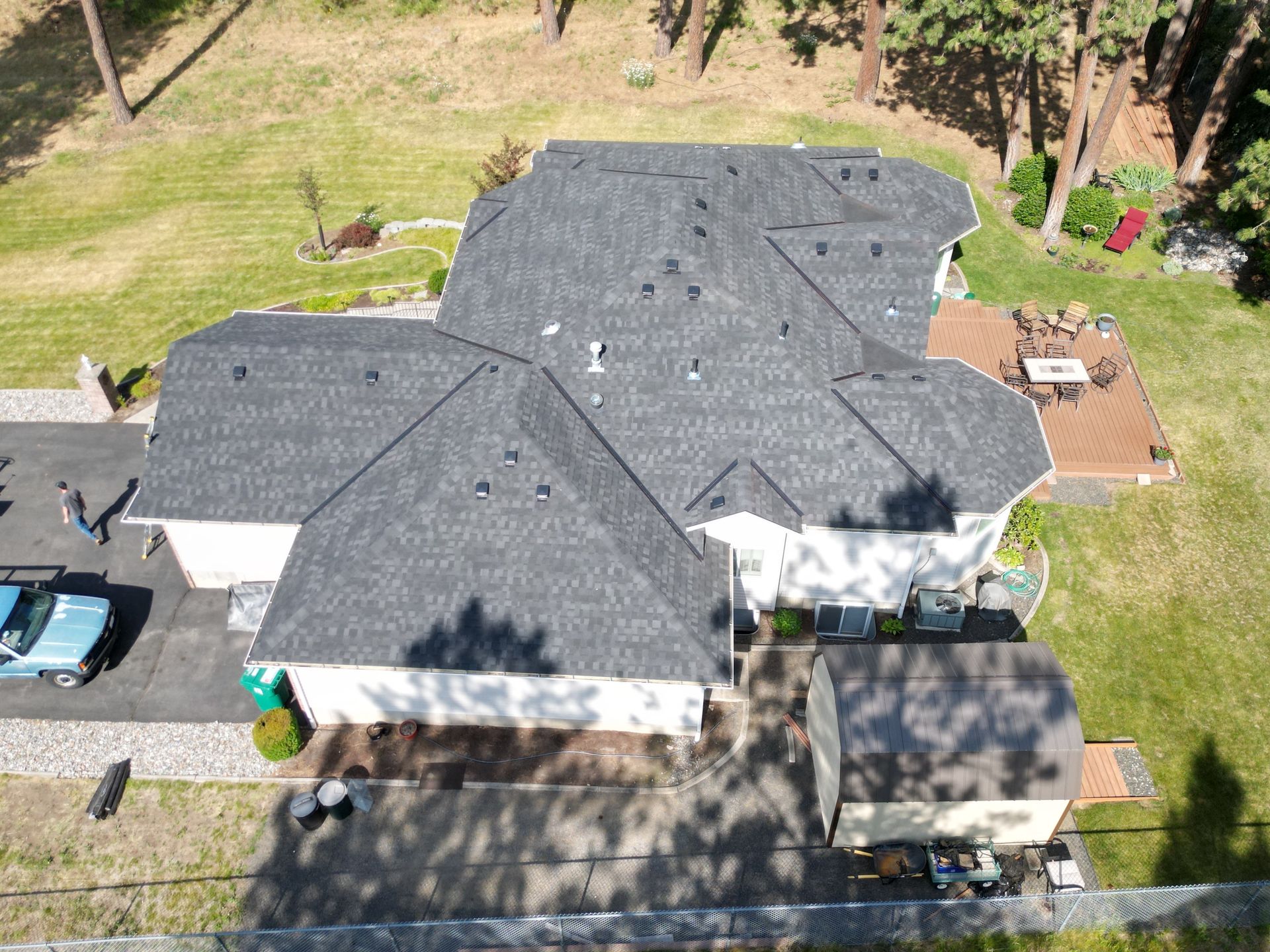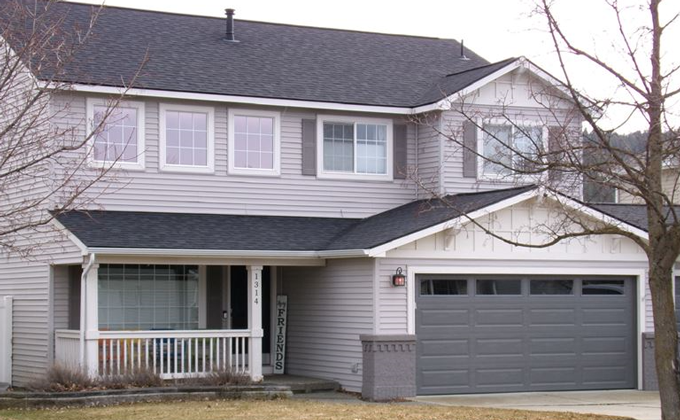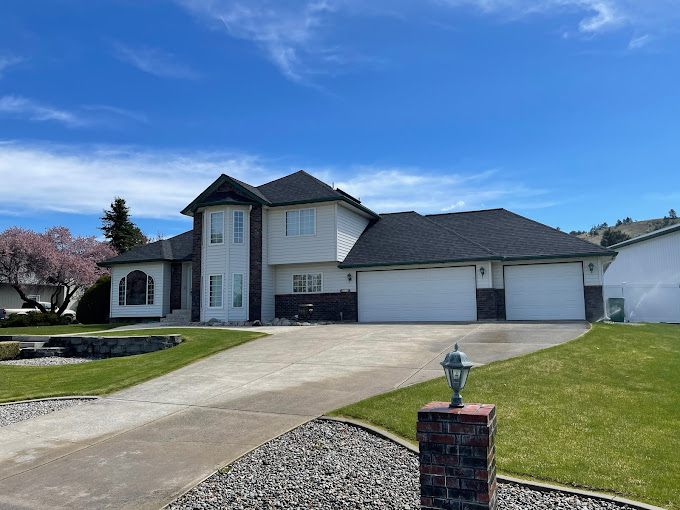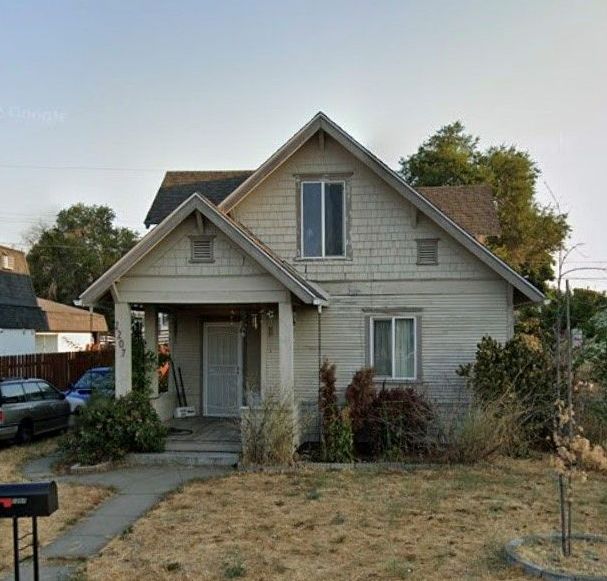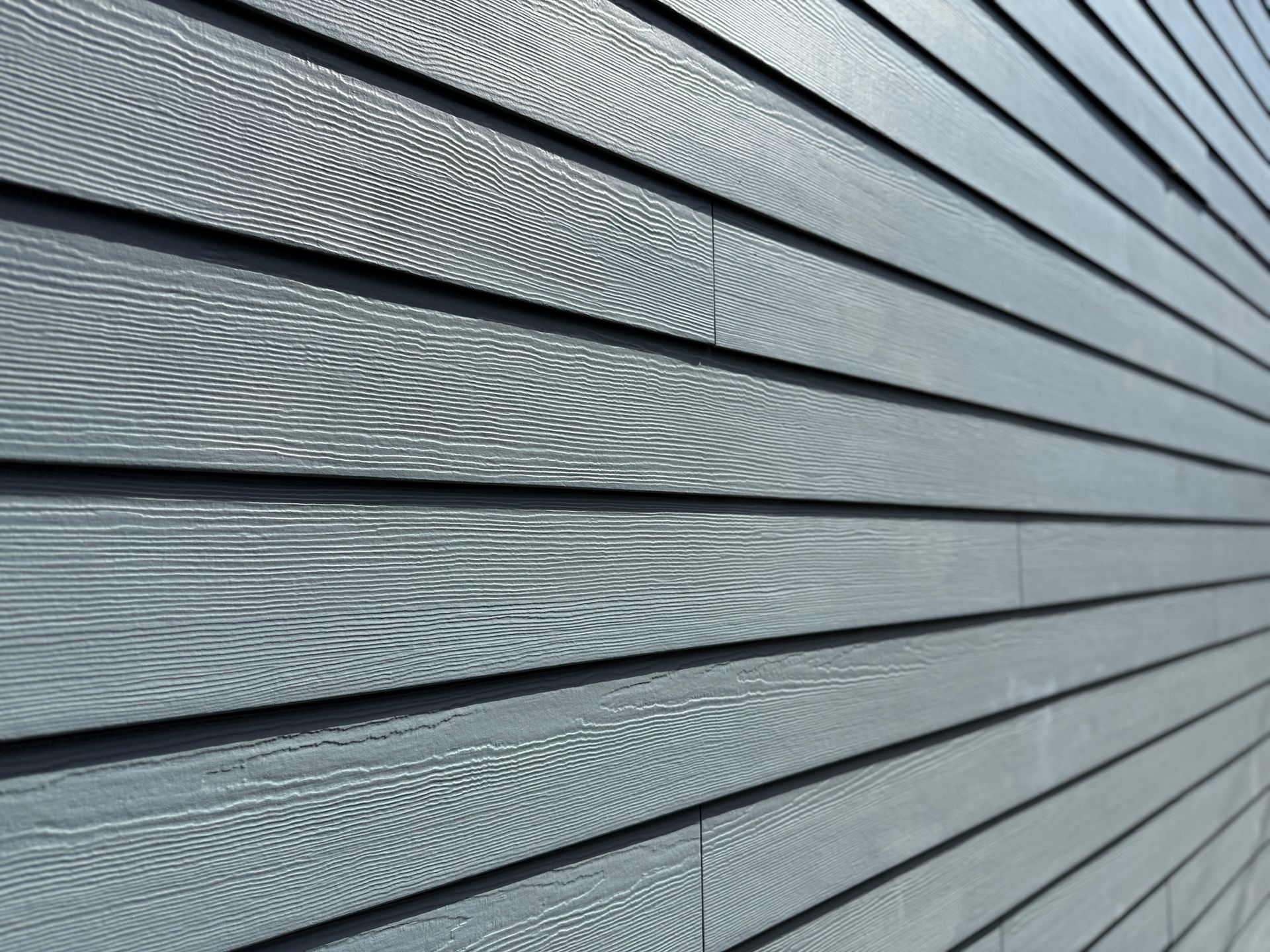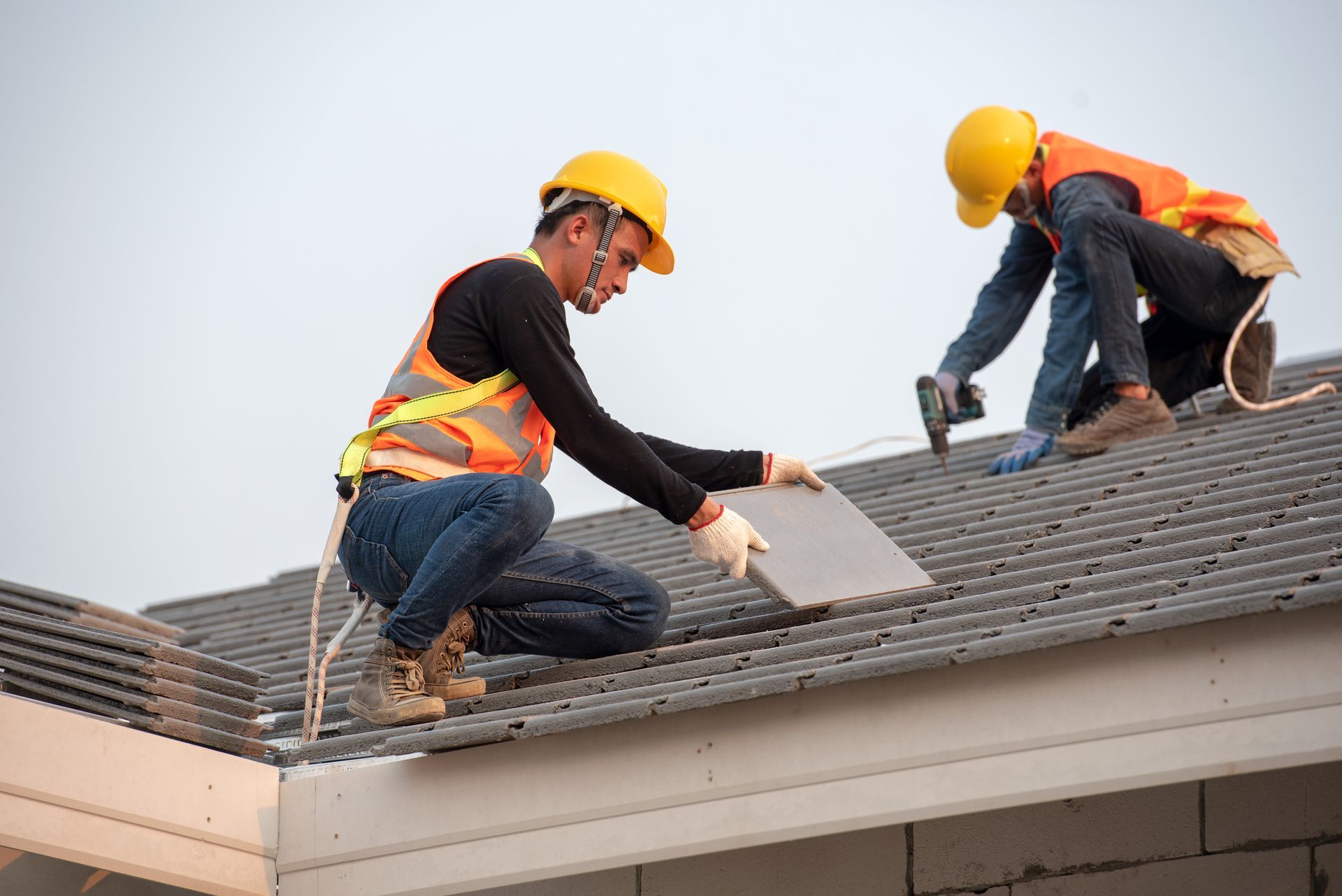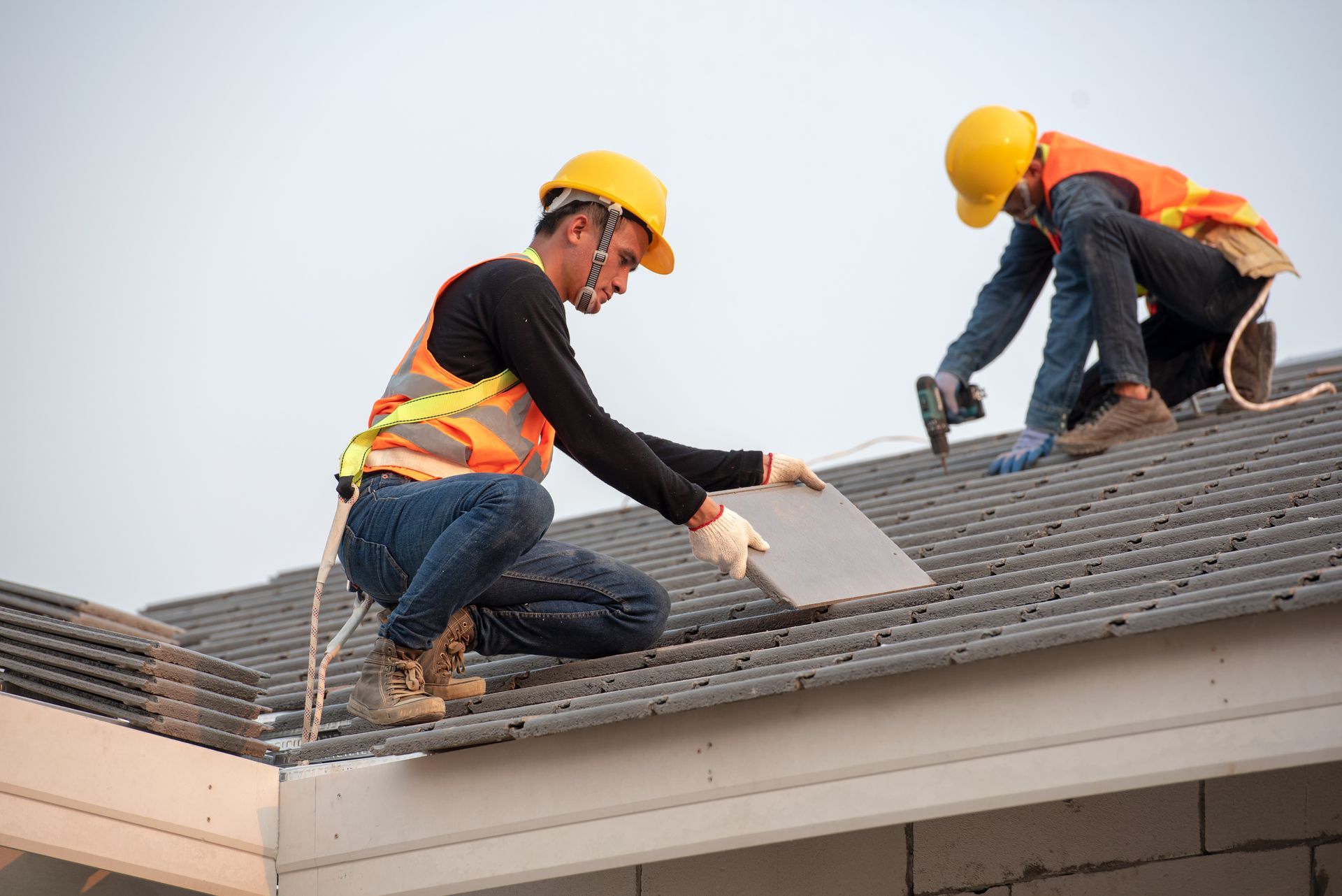New Vinyl Or Steel Siding: Which One Is Right For Your Home?
Your home's exterior siding is what protects your home from the elements and keeps your home looking beautiful and inviting. However, after years of wear and tear, your siding may deteriorate and need to be replaced to prevent further damage to your home. Vinyl and steel siding are two popular options to consider when replacing your old siding, but which one is right for your home? They both have their benefits, so explore more about them. Here, we'll cover the signs that it's time to replace your siding, the benefits of new siding, and the pros and cons of vinyl and steel siding.
Signs That It's Time to Replace Your Siding
It's time to replace your siding when you notice cracks, dents, or holes in your old siding. These signs of wear and tear can lead to further damage to your home, such as water leakage, mold growth, and insect infestations. Your home's curb appeal is also affected by poor siding. Additionally, if your energy bills have been steadily increasing, then it's time to consider replacing your siding. Poorly insulated or outdated siding can lead to higher energy costs, and investing in a new siding material can reduce your energy consumption and save you money in the long run.
The Benefits of New Siding
New siding can improve your home's curb appeal, increase your home's value, and protect your home from the outside elements. Quality siding materials can also offer better insulation, reduce noise pollution, and require less maintenance than older siding options. New siding can also give you peace of mind by preventing further damage to your home and protecting it from dangerous weather conditions like hurricanes, tornadoes, and severe thunderstorms.
The Pros and Cons of Vinyl and Steel Siding
Choosing between vinyl and steel siding depends on various factors, including your budget, your aesthetic preferences, and the climate in your area. Vinyl siding is more affordable and easier to install than steel siding, but it may not be as durable as steel siding. Vinyl siding is available in a variety of colors and styles, making it a versatile and popular choice for homeowners. Steel siding, on the other hand, is more durable and resistant to weather damage, making it a great option for areas with harsh weather conditions. However, steel siding is more expensive than vinyl siding and can be more challenging to install. Steel siding also requires additional maintenance to prevent rust and corrosion.
Which One Is Right for Your Home?
Ultimately, the decision between vinyl and steel siding depends on your specific needs and preferences. If you live in an area prone to severe weather or want a durable and long-lasting option, then steel siding may be the best choice for your home. However, if you're on a budget or want to customize your home's appearance, then vinyl siding may be the better option. It's also essential to consider the climate in your area when choosing a siding material, as certain materials may be more prone to damage in specific weather conditions.
Replacing your home's siding can significantly improve your home's appearance, increase your home's value, and provide protection from the outside elements. Choosing between vinyl and steel siding can be tough, but understanding the benefits and drawbacks of each material can help you make the right decision for your home. If you're unsure which siding option is best for your home, consult with a professional contractor who can help you weigh your options and choose the best material for your needs. Remember, a beautiful and secure home starts with the right siding. When you're ready to upgrade your home, call 20/20 Exteriors and we'll put new siding on your home to modernize and protect its exterior.
